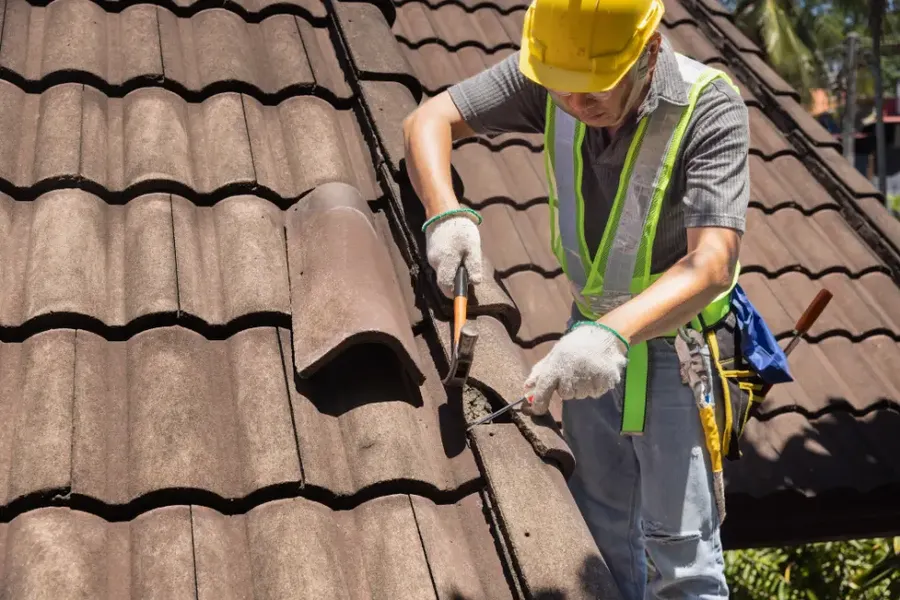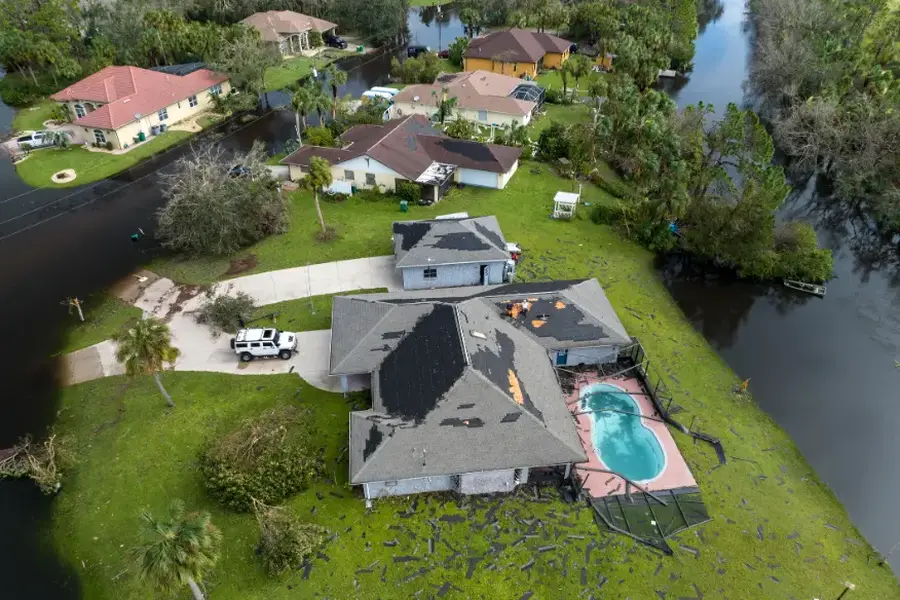How Different Weather Conditions Can Affect Project Duration
Weather plays a crucial role in construction projects, especially when it comes to roofing. The impact of weather on the time it takes to complete a roofing project is significant. Weather can either speed up or delay the process, depending on various conditions like rain, snow, wind, and extreme temperatures. Understanding how these factors influence timelines helps homeowners and contractors plan more effectively for roofing projects.

Sunny Days: Ideal but Not Always Available
When the sun shines bright, roofing work can progress smoothly. Dry conditions allow materials to set properly, and workers can perform their tasks without interruptions. However, constant sunny days aren’t typical in many regions. It’s essential to consider that even if forecasts predict clear skies, unexpected changes can still occur. Planning roof replacement during seasons with known dry spells might be beneficial.
Impact of Rain on Roofing Projects
Rain is one of the most significant disruptors in roof replacement projects. Wet conditions can lead to delays as roofing materials may not adhere correctly, and there’s increased risk of water damage during installation. When rain is forecasted, it’s often necessary to pause the work until conditions improve to ensure quality and safety. These interruptions mean that rain can extend the timeline for completing a roofing project significantly.
Snow and Ice Challenges
In areas prone to snowfall, winter months bring unique challenges for roofing tasks. Snow accumulation can make roofs slippery and hazardous for workers. Additionally, ice formation can prevent proper sealing of roofing materials. Cold temperatures slow down material curing times, which also affects completion schedules. Homeowners in snowy regions should anticipate longer timelines during colder months.
The Role of Windy Conditions
Strong winds pose another challenge for timely roof completion. High winds increase the difficulty level for installers and can cause flying debris, leading to potential hazards. If winds are too strong, safety protocols require halting operations until conditions stabilize. As a result, windy days often add unforeseen delays to roofing projects.
Handling Extreme Temperatures
Both hot and cold extremes affect roofing work efficiency and material performance. High temperatures may cause materials to become overly pliable, while cold can make them brittle. Workers exposed to temperature extremes might need frequent breaks, reducing overall productivity. Thus, both scenarios can extend project timelines beyond initial estimates.
Best Practices for Managing Weather Delays
To mitigate weather-related delays, several strategies can be employed:
- Schedule projects during favorable seasons whenever possible
- Regularly check weather forecasts and adjust plans accordingly
- Use high-quality materials suited for varying weather conditions
- Ensure proper safety measures are in place for adverse weather
- Maintain clear communication with clients about potential delays
Cost Considerations Due to Weather Impacts
Weather-induced delays can lead to increased costs in roof installations. Extended timelines could mean higher labor expenses and additional costs for materials if they degrade due to exposure. Clients should factor these potential financial impacts into their budgeting. Being aware of this helps in managing expectations and avoiding unpleasant surprises later.

Your Roofing Partner in All Seasons
If you’re looking for professionals who understand the nuances of weather impacts on roofing projects, look no further than Roofing Mendoza. Located in Naples, FL, we specialize in navigating all seasonal challenges to provide top-quality service year-round. Call us at (239) 428-9328 to discuss how we can assist with your roofing needs efficiently and safely.